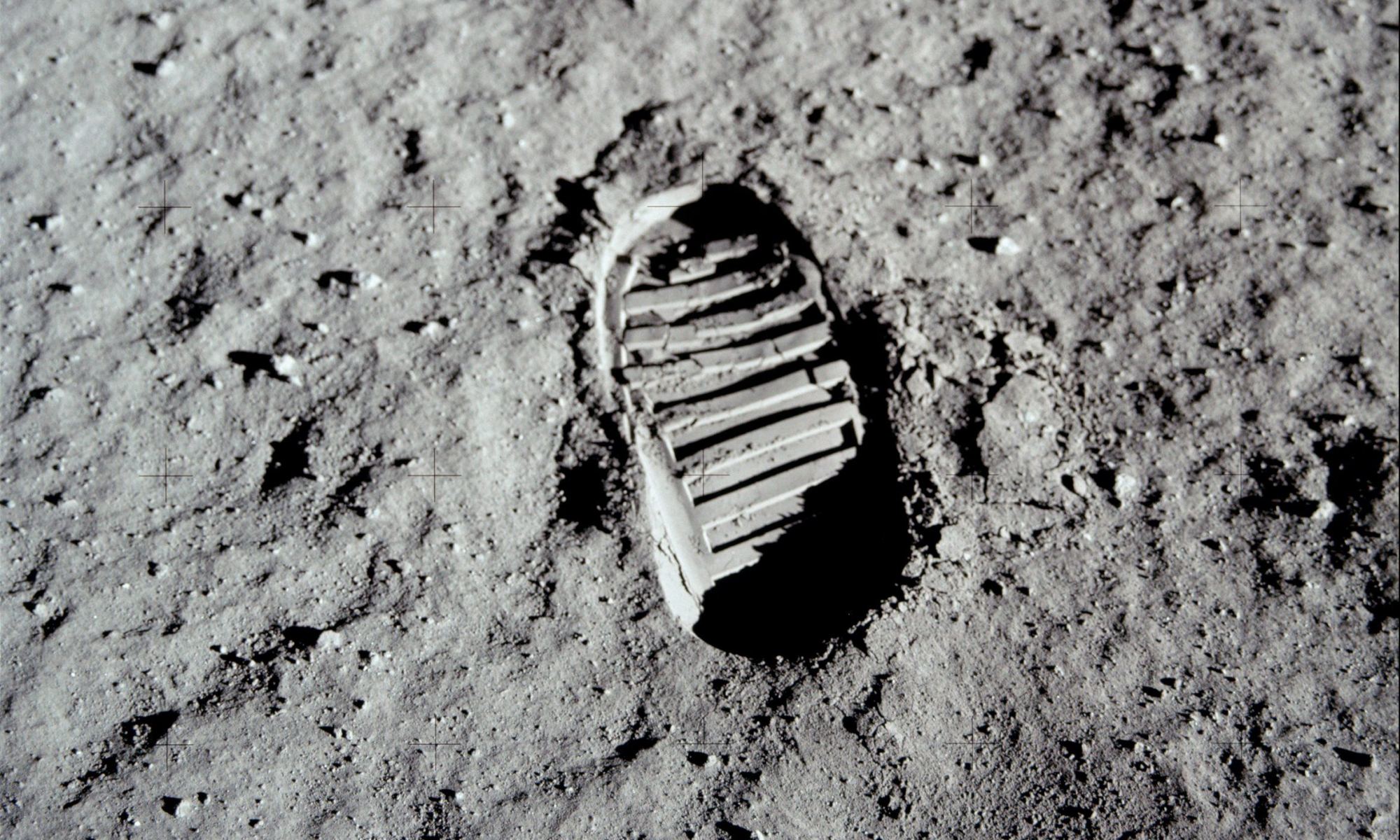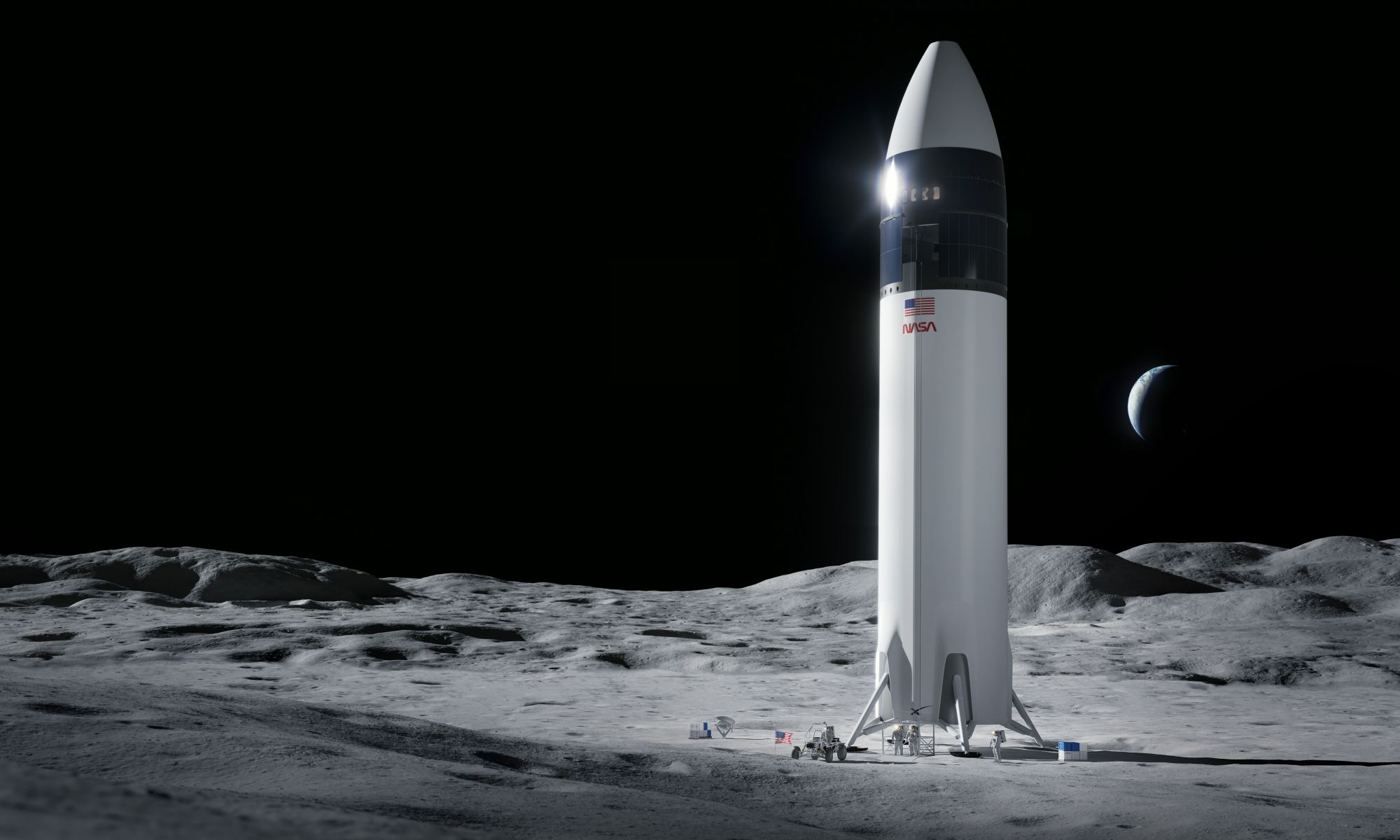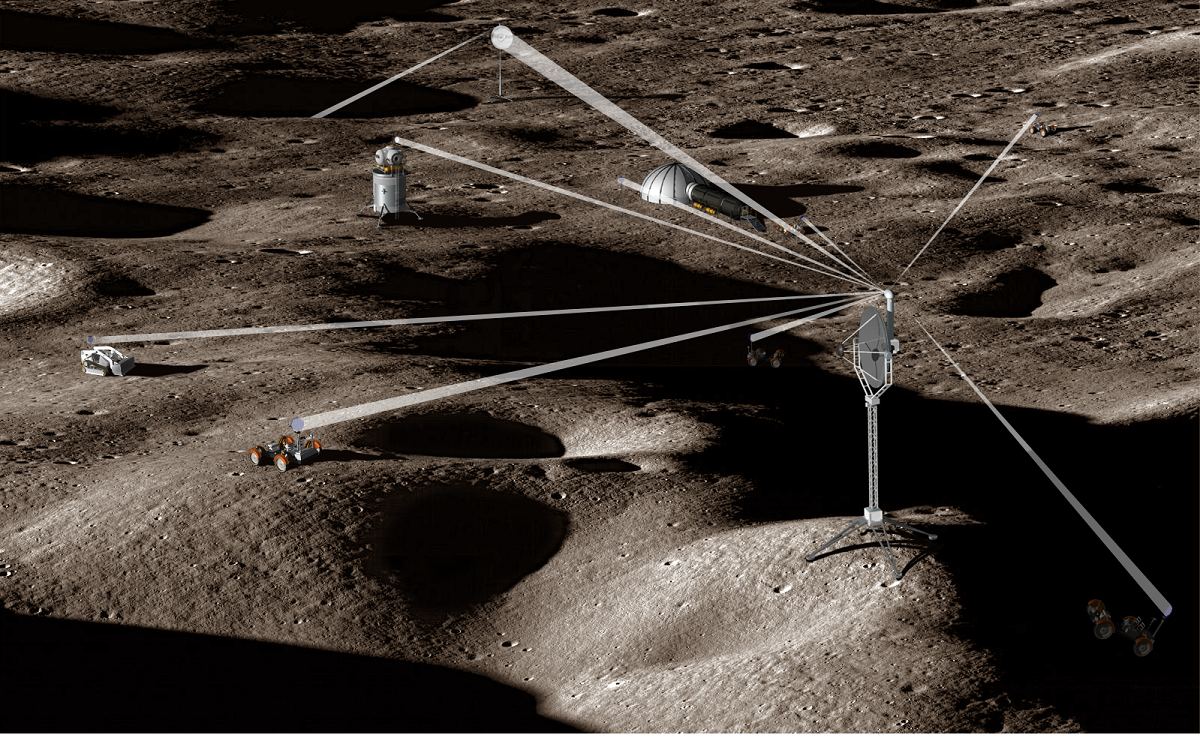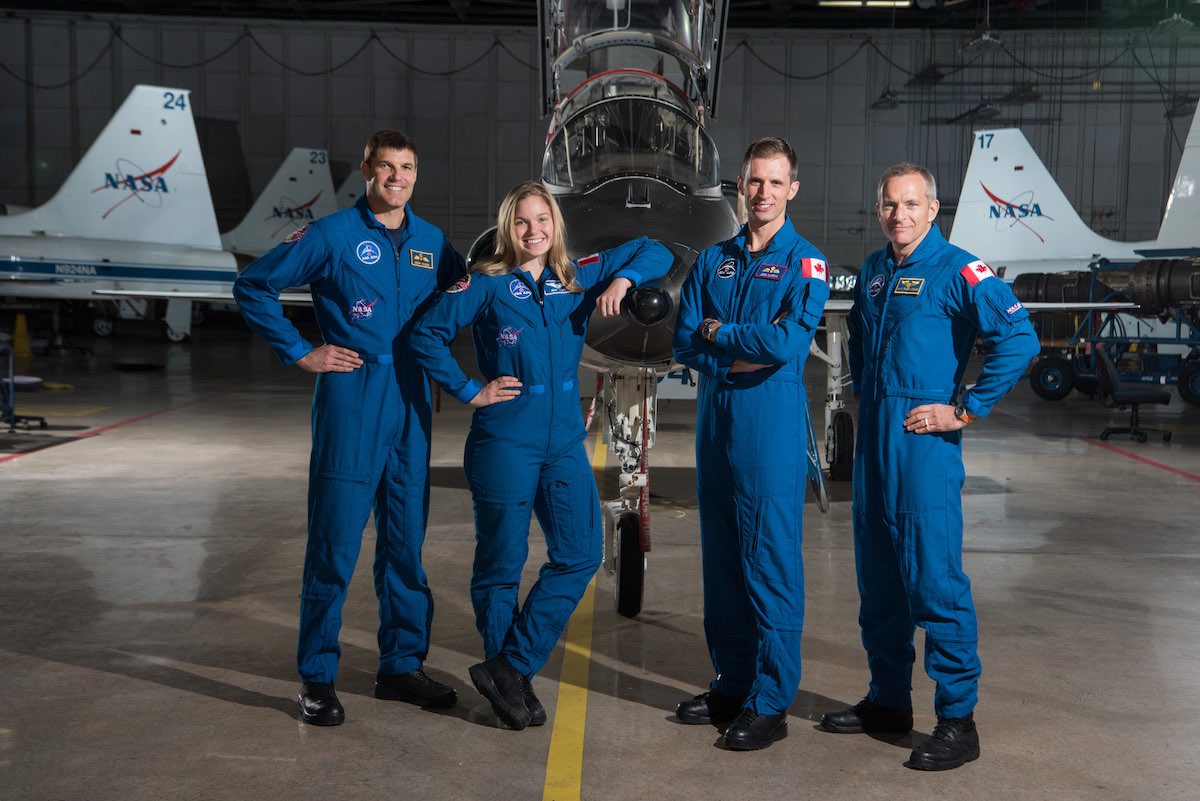In the coming years, NASA will be sending astronauts to the Moon for the first time since the Apollo Era. This time, and as part of the Artemis Program, NASA also plans to build the necessary infrastructure to establish a sustained human presence on the Moon and eventually missions to Mars – including the Artemis Base Camp and the orbiting Lunar Gateway.
They’ll be getting some new equipment, such as the exploration Extravehicular Mobility Unity (xEMU) spacesuit and a fancy new lunar lander. Of course, as the Artemis astronauts will also have to deal with the same hazards as their predecessors – not the least of which is lunar dust (or regolith). Luckily, NASA is investigating a possible solution in the form of a handheld electron/ultraviolet (UV) device that could mitigate this hazard.
Continue reading “Astronauts Could Dust off Themselves and Equipment on the Moon With an Electron Beam”








